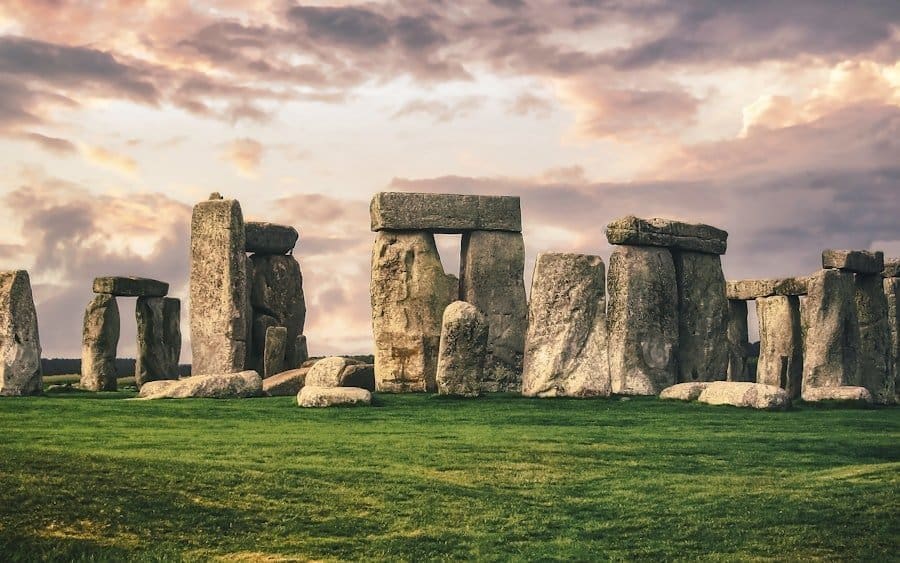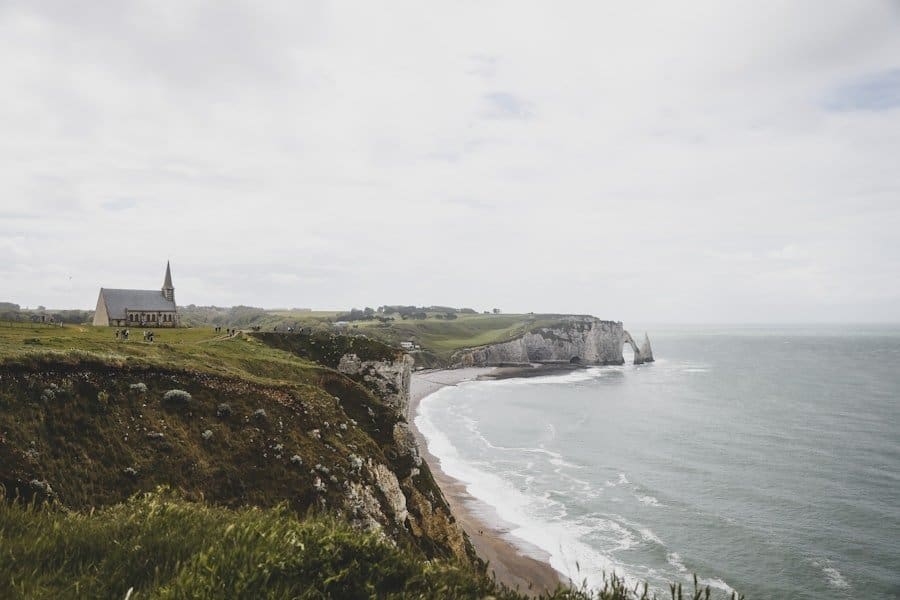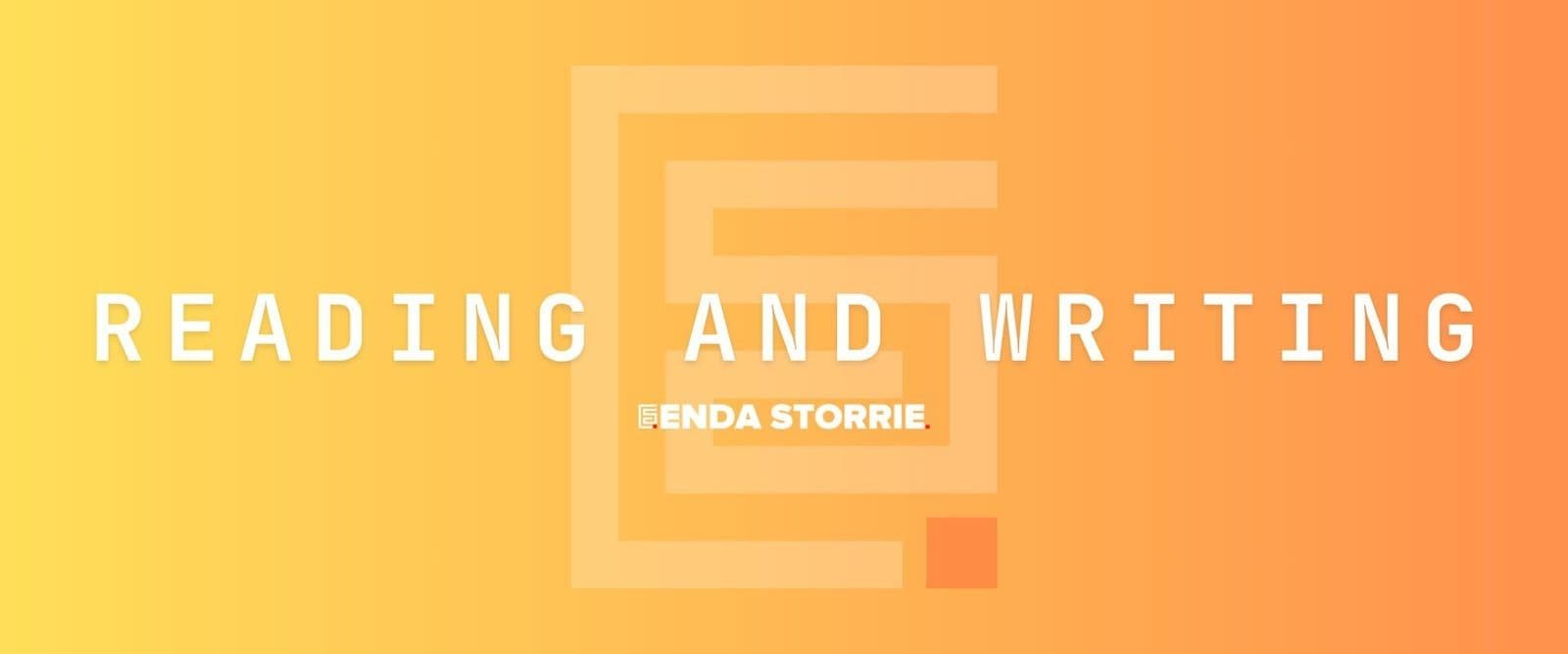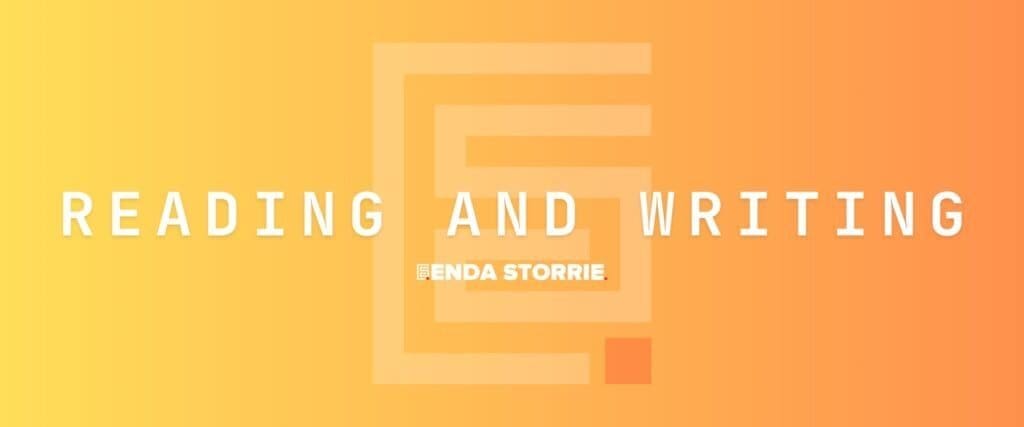Irish mythology encompasses a diverse collection of ancient stories, legends, and folklore that have been transmitted orally and in writing for centuries. These narratives reflect the beliefs, values, and cultural heritage of the Celtic people who inhabited Ireland in pre-Christian times. The mythology incorporates elements from both pagan and Christian traditions, resulting in a unique blend of supernatural beings, heroic figures, and mythical creatures.
The mythological tales of Ireland cover a wide range of themes, including creation myths, epic battles, and the deeds of gods, goddesses, and mortal heroes. These stories provide valuable insights into the spiritual and cultural practices of ancient Irish society, offering a glimpse into their worldview and understanding of the natural and supernatural realms. Key figures in Irish mythology include the Tuatha Dé Danann, a race of supernatural beings associated with magic and wisdom; Cú Chulainn, a legendary warrior known for his superhuman strength and combat skills; and Fionn mac Cumhaill, a mythical hunter-warrior and leader of the Fianna.
These characters, along with numerous others, feature prominently in various cycles of Irish mythology, such as the Ulster Cycle and the Fenian Cycle. The influence of Irish mythology extends beyond its historical context, permeating Irish literature, art, and cultural traditions. Many of these ancient stories continue to be celebrated and reinterpreted in modern times, demonstrating their enduring relevance and appeal to contemporary audiences.
The preservation and study of Irish mythology contribute to a deeper understanding of Ireland's cultural heritage and its impact on global folklore and literature.
Key Takeaways
- Irish mythology is rich with tales of gods, goddesses, heroes, and warriors, and has had a significant impact on literature and culture.
- The Mythical Cycle includes stories of creation, the Tuatha Dé Danann, and the epic battles between the gods and the Fomorians.
- The Ulster Cycle features legendary heroes such as Cú Chulainn and Conchobar mac Nessa, and their heroic deeds and tragic fates.
- The Fenian Cycle revolves around the adventures of Fionn mac Cumhaill and the Fianna, and their quests and battles across Ireland.
- Irish mythology is deeply rooted in the historical context of ancient Ireland, and has influenced literature, art, and cultural traditions throughout the centuries.
The Mythical Cycle: Tales of Gods and Goddesses
The Mythical Cycle, also known as the Mythological Cycle, is a collection of stories that center around the gods and goddesses of ancient Ireland. These tales are filled with magical beings, divine powers, and otherworldly realms, offering a glimpse into the spiritual beliefs and cosmology of the ancient Celts. At the heart of the Mythical Cycle are the Tuatha Dé Danann, a race of supernatural beings who were said to have inhabited Ireland before the arrival of humans.
These gods and goddesses were associated with various aspects of nature, such as the sun, the sea, and the land, and they played a central role in shaping the world and its inhabitants. One of the most famous stories from the Mythical Cycle is the Battle of Mag Tuired, which recounts the conflict between the Tuatha Dé Danann and the Fomorians, another group of supernatural beings. This epic battle is a pivotal event in Irish mythology, symbolizing the struggle between order and chaos, light and darkness.
The Mythical Cycle also includes tales of creation, such as the story of how Ireland itself was formed and how its landscape came to be. These myths provide a foundation for understanding the spiritual beliefs and cultural values of the ancient Celts, offering a window into their worldview and their relationship with the natural world.
The Ulster Cycle: Stories of Heroes and Warriors

The Ulster Cycle is a collection of heroic tales that focus on the exploits of legendary figures from ancient Ireland, particularly those associated with the province of Ulster. At the heart of these stories is the hero Cú Chulainn, a larger-than-life figure known for his incredible strength, bravery, and skill in battle. Cú Chulainn's adventures are filled with epic battles, daring feats, and tragic love stories, making him one of the most iconic figures in Irish mythology.
The Ulster Cycle also features other legendary heroes, such as Conchobar mac Nessa, Queen Medb of Connacht, and the warrior Fergus mac Róich, each with their own tales of valor and honor. One of the most famous stories from the Ulster Cycle is the Táin Bó Cúailnge, or The Cattle Raid of Cooley, which recounts the epic conflict between Ulster and Connacht over a prized bull. This tale is filled with intrigue, betrayal, and fierce battles, showcasing the bravery and cunning of its heroic characters.
The Ulster Cycle also includes stories of tragic love and doomed friendships, adding depth and complexity to its portrayal of ancient Irish society. These tales offer a window into the values and ideals of the Celtic warrior culture, highlighting themes of honor, loyalty, and courage in the face of adversity.
The Fenian Cycle: Legends of Fionn mac Cumhaill and the Fianna
The Fenian Cycle is a collection of stories that center around Fionn mac Cumhaill and his band of warriors known as the Fianna. Fionn is a legendary figure in Irish mythology, renowned for his wisdom, bravery, and supernatural abilities. The tales of the Fenian Cycle are filled with adventures, quests, and battles as Fionn and his warriors defend Ireland from threats both human and supernatural.
These stories are steeped in folklore and legend, featuring magical creatures, enchanted landscapes, and encounters with otherworldly beings. One of the most famous stories from the Fenian Cycle is The Pursuit of Diarmuid and Gráinne, which recounts the love triangle between Fionn, his warrior Diarmuid, and Gráinne, a beautiful princess. This tale is filled with romance, betrayal, and tragedy, showcasing the human emotions and complexities that are woven into these ancient myths.
The Fenian Cycle also includes stories of Fionn's childhood and upbringing, as well as his encounters with other legendary figures such as the giant warrior Fomorian. These tales offer a glimpse into a world where mortals interact with gods and magical beings, blurring the lines between reality and myth.
The Historical Context of Irish Mythology
Irish mythology is deeply rooted in the history and culture of ancient Ireland, reflecting the beliefs and traditions of its people over thousands of years. The myths and legends of Ireland are intertwined with its landscape, its people, and its social structures, providing insights into the values and ideals that shaped Celtic society. Many of these myths were passed down orally through generations before being recorded in writing, preserving them for future generations to study and appreciate.
The historical context of Irish mythology is closely tied to the Celtic peoples who inhabited Ireland and other parts of Europe during ancient times. These societies were organized into tribes and clans, with a strong emphasis on kinship ties, honor codes, and warrior culture. The myths of Ireland reflect these social structures, portraying heroes who embody ideals such as bravery, loyalty, and honor in their interactions with gods, otherworldly beings, and mortal enemies.
The landscape itself plays a central role in many myths, with certain locations believed to be portals to other realms or sites of great significance in Celtic spirituality.
The Influence of Irish Mythology on Literature and Culture

The influence of Irish mythology on literature and culture extends far beyond ancient times, shaping artistic expressions and creative works throughout history. From early medieval manuscripts to modern novels, poetry, music, and visual arts, Irish mythology has inspired countless artists to explore its themes, characters, and stories. The enduring appeal of these myths lies in their universal themes of love, heroism, sacrifice, and redemption that resonate with people across cultures and time periods.
In literature, Irish mythology has been a rich source of inspiration for writers such as W.Yeats, James Joyce, Seamus Heaney, and many others who have drawn upon its themes and characters in their works. The myths have also been adapted into plays, operas, films, and television shows that bring these ancient stories to new audiences around the world. In visual arts, Irish mythology has been depicted in paintings, sculptures, tapestries, and other forms of artistic expression that capture the beauty and drama of these timeless tales.
Exploring Irish Mythology Today: Festivals, Tours, and Cultural Experiences
Today, there are numerous ways to explore Irish mythology through festivals, tours, museums, and cultural experiences that celebrate its enduring legacy. In Ireland itself, there are annual events such as the Féile na Gréine (Festival of Lugh) in County Kerry or Lúnasa celebrations that honor ancient Celtic traditions through music, dance, storytelling, and reenactments. These festivals offer visitors a chance to immerse themselves in the sights, sounds, and flavors of Irish mythology while connecting with local communities who continue to preserve these traditions.
For those interested in delving deeper into Irish mythology, there are guided tours available that take visitors to significant sites such as Newgrange or Tara where myths come to life through ancient monuments and archaeological remains. Museums such as the National Museum of Ireland or local heritage centers also offer exhibits that showcase artifacts related to Irish mythology alongside interactive displays that bring these stories to life for visitors of all ages. In addition to these experiences in Ireland itself, there are cultural centers around the world that offer workshops on Irish mythology through storytelling sessions or classes on traditional crafts such as Celtic knotwork or music inspired by ancient legends.
These opportunities provide a way for people to connect with their own heritage or explore new cultural traditions while gaining a deeper understanding of Irish mythology's enduring impact on global culture. In conclusion, Irish mythology is a treasure trove of stories that continue to captivate audiences around the world with their timeless themes and larger-than-life characters. From gods and goddesses to heroes and warriors, these myths offer insights into ancient Celtic beliefs while inspiring artistic expressions across literature, art forms, music genres among others.
Today's cultural experiences such as festivals or guided tours provide opportunities for people to immerse themselves in these ancient tales while connecting with local communities who continue to preserve these traditions for future generations to appreciate.
If you're interested in delving deeper into the world of Irish mythology, you might want to check out Enda Storrie's blog, where he discusses the rich legends and heroes of ancient Ireland in more detail. His website also offers a variety of resources and products related to Irish mythology, so you can continue your exploration of this fascinating topic. Check out Enda Storrie's blog for more insights into Irish mythology and its significance.
FAQs
What is Irish mythology?
Irish mythology refers to the collection of ancient stories, legends, and beliefs that were passed down orally through generations in Ireland. These myths often involve gods, heroes, and supernatural beings, and they provide insight into the culture and beliefs of ancient Ireland.
What are some key figures in Irish mythology?
Some key figures in Irish mythology include the Tuatha Dé Danann, a race of supernatural beings who were said to have inhabited Ireland before the arrival of the Celts, and figures such as Cu Chulainn, Fionn mac Cumhaill, and Queen Medb, who are central to many of the myths and legends.
What are some common themes in Irish mythology?
Common themes in Irish mythology include the struggle between the supernatural and mortal worlds, the importance of honor and bravery, the power of nature and the elements, and the concept of fate and destiny. Many myths also feature themes of love, betrayal, and the consequences of one's actions.
How has Irish mythology influenced modern culture?
Irish mythology has had a significant impact on modern culture, influencing literature, art, and popular culture. Many contemporary works of fiction, such as novels, films, and television shows, draw inspiration from Irish myths and legends, and elements of Irish mythology can be seen in various aspects of Irish society and traditions.
What are some famous Irish myths and legends?
Some famous Irish myths and legends include the story of the Táin Bó Cúailnge (The Cattle Raid of Cooley), which features the hero Cu Chulainn, and the legend of the Children of Lir, which tells the tale of a king's children who were turned into swans by their jealous stepmother. Other well-known stories include the adventures of Fionn mac Cumhaill and the tragic romance of Diarmuid and Gráinne.
Let Story Bible help you write your own mythological story. Download the FREE Story Bible checklist >>>



